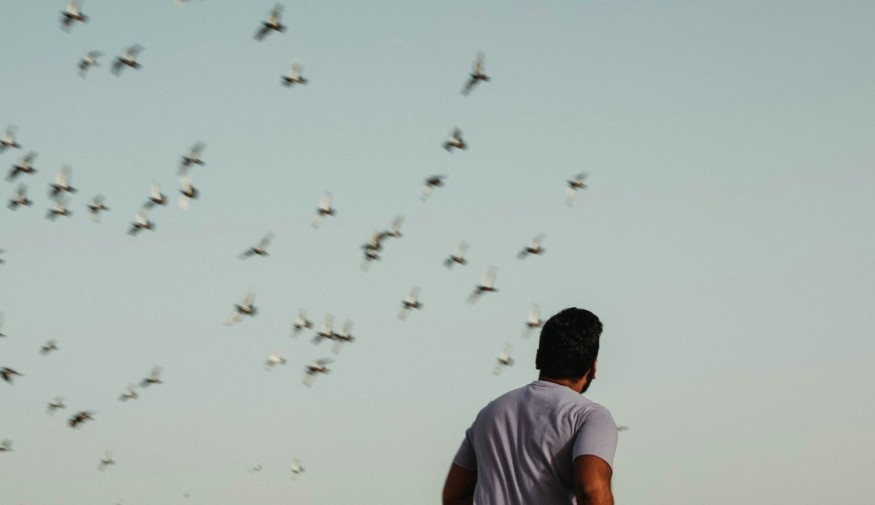The bird flu outbreak in recent years has infected not only millions of wild birds and poultry but also mammals. While transmissions of the bird-borne disease may seem to be limited between animals, its threat to humans is growing by the minute. Recently, the World Health Organization (WHO) warned the risk of avian influenza infections spreading from animals to humans is becoming serious.
Since 2023, different parts of Earth have seen the spread of the latest bird flu outbreak to mammals, even in one of the world' most remote places such as the Antarctic region. The outbreak, which started in 2020, has impacted multiple countries globally, including the United States. The past four years also saw related zoonotic transmissions of the disease. However, experts fear this trend may continue.
Avian Influenza Origin

The emergence of avian influenza or bird flu dates back to 1996 when the highly pathogenic H5N1 virus was first identified in domestic waterfowl in Southern China, according to the Centers for Disease Control and Prevention (CDC). In 1997, the H5N1 outbreak on local poultry occurred in China and Hong Kong, resulting in 18 related human cases that incurred 6 deaths in Hong Kong.
Afterward, the bird flu virus will infect more than 860 humans with a mortality rate greater than 50%. Around 2003, the virus re-emerged in China and several other countries to cause an endemic affecting poultry across Asia, in an event known as the outbreak of severe acute respiratory syndrome (SARS), which infected over 8,000 people in 30 countries and territories.
Then, in 2005, wild birds spread the pathogen to poultry in the Middle East, Africa, and Europe.
According to the CDC, it is during this period when one of the genes of the virus diversified into multiple genetic groups. From 2014 to 2020, the new genetic strains of the virus further diversified in several parts of the world such as Asia, Africa, Europe, North America, and the Middle East.
Bird Flu Outbreak
During a recent press conference, the WHO's chief scientist, Jeremy Farrar, warned that the risk of the current bird flu outbreak remains an "enormous concern" since the H5N1 virus continues to spread globally, including through different mammal species. Since modern humans or Homo sapiens belong to the class Mammalia, experts believe that the virus may eventually find it easy to infect us.
The WHO warning comes several weeks after a farm worker in Texas was infected with avian influenza amid the bird flu outbreak affecting dairy cattle. The Texas patient is the second human infected with the disease in the US. In 2022, a poultry worker in Colorado also tested positive for the avian flu.
From January 2003 to December 2003, the total number of human infections with the H5N1 virus is 248 cases and 139 of these cases were fatal, according to the WHO.
© 2025 NatureWorldNews.com All rights reserved. Do not reproduce without permission.





